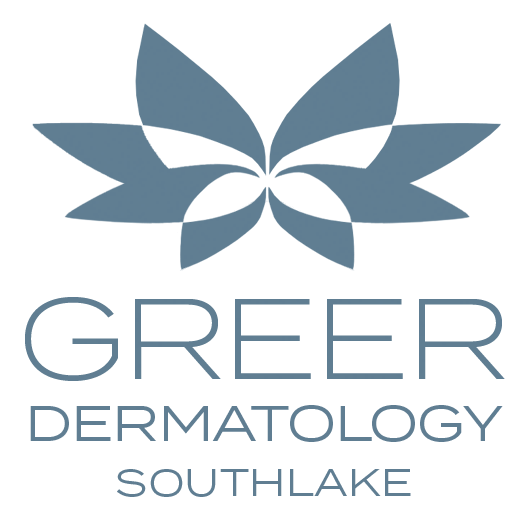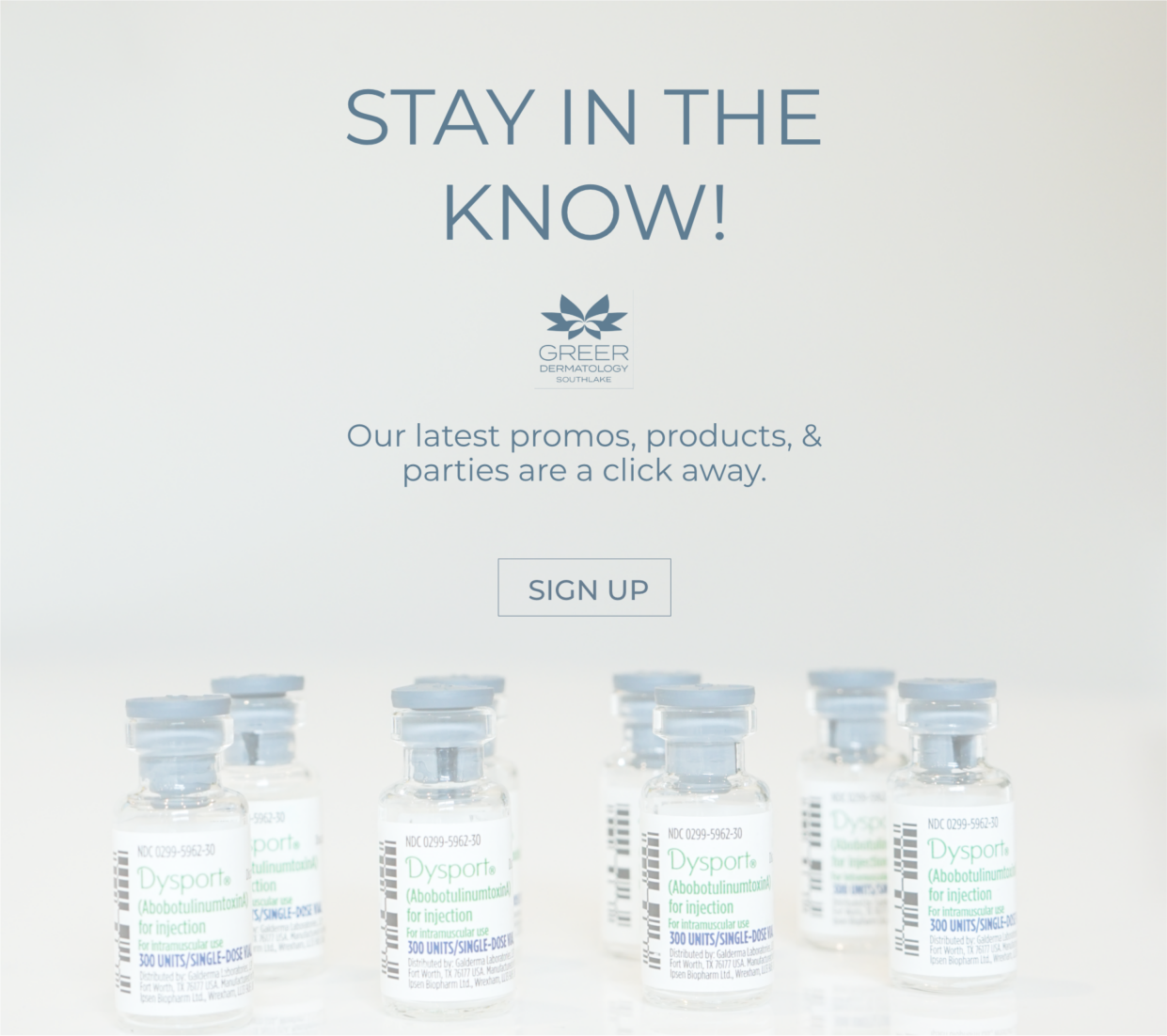Summer in Southlake, Texas could be considered the high season for our Dallas area dermatology office. This is the time of year that patients experience the maximum exposure to the sun. The triple digit intensity of our Texas summer sun peaks precisely at the same time as the frequency increases for outdoor activities and family vacations. With summer camps, sports, and splashing around in the lake and poolside, we are all getting more sun than normal. Many Southlake residents also vacation in tropical destinations, where long days at the beach or on the ocean can result in sunburn. All this summertime exposure to UVA and UVB rays calls for extra vigilance to protect the skin of children, teens and adults alike from the damaging effects of too much fun in the sun.
As an established Southlake skin doctor, my patients rely on the education I provide to help them prevent skin cancer and sun damage to face and body. Keeping families healthy and sun safe are top priorities–especially this time of the year.
Here are the top five sun protection tips I share with patients who visit the dermatology practice:
Dr. Sara Greer’s Top Five Sun Protection Tips
- Wear SPF 30 or higher sunblock daily on your face. Add sunblock protection to your body if you will be outdoors. If you have concerns about getting enough sun for your Vitamin D level, a good rule is to allow sun exposure without block on your arms and legs for ten minutes in the summer sun.
- Look for a physical sunblock which contains either zinc oxide or titanium dioxide. A physical sunblock creates a protective barrier which helps reflect the sun’s rays away from the body. Physical sunblocks bind to the skin and, if not washed or perspired off, they will work all day as well as provide wider UVA and UVB coverage.
These physical sunblocks differ from chemical sunblocks, which absorb the UVA and UVB rays. Chemicals break down slowly on the skin, and therefore will only be effective for 2-to-4 hours before needing to reapply. Newer forms of micronized zinc in sunblocks prevent the patients from looking “white.” I personally love Elta MD sunblocks, which even offer options with a slight tint for a smooth and even complexion. In the mornings, I apply my anti-aging serum and top that with my sunscreen. - Wear sun protective clothing and hats. There are many options for clothing with UPF factors. These include rashguards, swimsuits, hats and many more. I have many patients who love the “fishing shirts.” They are lightweight, wick moisture, and have venting in the back to keep you cool and sun protected.
- Consider taking a plant supplement for added nutritional protection against burning.
- Supplements, such as Heliocare, work from the inside-out providing skin-protecting antioxidants to help prevent sunburn, and skin damage. They do not have to be taken every day to be effective and can be used as needed for long outdoor days, sports tournaments, or vacations. My family takes this supplement every day on vacation and we stay free from burns!
Note: It is still necessary to wear your sunblock.
- Supplements, such as Heliocare, work from the inside-out providing skin-protecting antioxidants to help prevent sunburn, and skin damage. They do not have to be taken every day to be effective and can be used as needed for long outdoor days, sports tournaments, or vacations. My family takes this supplement every day on vacation and we stay free from burns!
- Avoid tanning beds. Studies have shown that use of tanning beds in your teens or 20s increases your risk of melanoma by 70%. The risk of basal cell carcinoma and squamous cell carcinoma is also 40% higher. Use of tanning beds also contributes to creating wrinkles.
Understanding UV Index
Knowledge is power. Understanding the UVI range is helpful in your defense against too much sun exposure. When the forecast predicts a UVI range over 6 the risk of sun damage increases.
You can check the uv index online at sites such as: Accuweather.com
At my practice, I am committed to keeping patients informed and prepared. We are happy to answer any questions you may have at your next appointment. To schedule, please Book an Appointment. We are proud to care for Southlake, Grapevine, Colleyville, Westlake, Trophy Club, Roanoke and the surrounding areas. Please let us know how we can better serve you!
Wishing you a summer of safe fun in the sun and beautiful skin.
Dr. Sara Greer




